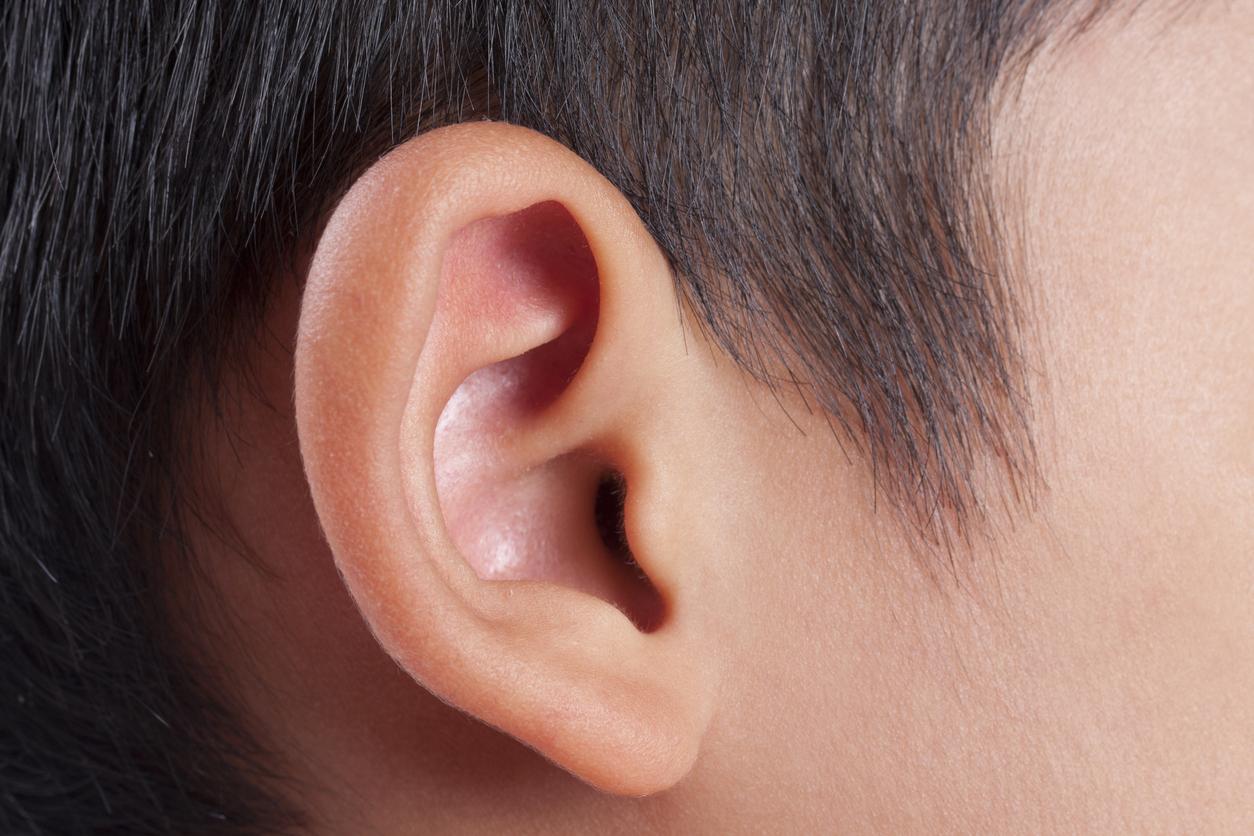According to researchers, deaf people could have a richer social life if those around them made more effort to use visual signals such as sign language in exchanges.

- Researchers have studied the brains of deaf people during social interaction to find out the source of the difficulties they encounter in interacting with others
- According to the results, the brain circuits that support social skills in these people are not impaired.
- It is the environment and in particular the use of sign language that could allow them to be better included in our societies.
What are the difficulties encountered by deaf people in interacting with others? This is the question on which researchers have looked.
In a meta-analysis published in the journal Human Brain Mappingthey investigated whether they depended on deafness affecting social brain circuits (a controversial position) or whether they were due to a social environment less suitable for these people.
Hearing problems impact overall health
Approximately 1.5 billion people worldwide are affected by hearing loss.
“This is a major public health problem, especially since hearing loss is associated with a deterioration in the quality of life, social isolation and other health problems such as depression, cognitive decline or dementia“, recalls theInserm.
To carry out their work, the researchers studied neuroimaging studies that showed the brain activations of hearing and deaf people during social interaction.
Visual cues help deaf people feel less isolated
“Findings indicate that deaf and hearing participants recruit the same brain regions when performing different social tasks”, say the authors.
However, deaf people showed greater activation in the upper-middle temporal cortex, the region of the brain involved in processing visual information like sign language and lip reading.
“Promoting sign language learning among hearing people, as well as providing salient visual cues in social situations, would facilitate the social inclusion of deaf people“, write the authors.
















